2020 BMW X3 PHEV Review: Plug-In the One to Have

FAST FACTS
| Engine: | 2.0L I4 Turbo w/ electric motor |
| Output: | 288 hp, 310 lb-ft |
| Transmission: | 8AT, AWD |
| US fuel economy (MPG/MPGe combined): | 24/60 |
| CAN fuel economy (L/100KM): | 9.9/3.9 |
| Starting Price (USD): | $50,595 (inc. dest.) |
| As-Tested Price (USD): | $61,795 (est, inc. dest.) |
| Starting Price (CAD): | $62,470 (inc. dest.) |
| As-Tested Price (CAD): | $75,320 (inc. dest.) |
Crossovers are, at their heart, about compromise.
Take the BMW X3, the Bavarian brand’s best-selling model. It’s essentially a 3 Series Touring with the added ground clearance the modern market demands. It’s not a mud-running SUV, but it’s not a car either. Compromise.
Get a Quote on a New BMW X3The X3 PHEV takes this approach one step further. It adopts the electrification BMW is planning on rolling out across dozens of models this decade, but doesn’t abandon gasoline. You can plug it in, but as I learned during a week with it, you don’t have to. Again, compromise.
What the X3 xDrive30e proves—to give it its full name—is that this meeting in the middle is the best approach for the compact crossover. Put simply, it’s the one trim to buy.
Editor’s Note: While this is a 2020 model test, a BMW PR person confirmed that the 2021 model is the same beyond any small pricing changes.
Gimme some juice
The X3 PHEV pairs BMW’s likeable 2.0-liter turbo four-cylinder with an 80-kW electric motor. Thanks to the different power delivery curves of the two, combined output sits at 288 horsepower and 310 lb-ft of torque. A 12-kWh battery under the rear seats allows for an all-electric range around 18 miles (29 km). Over the course of the holidays, I was never able to match that in blustery Toronto weather, but the X3 got close, routinely doing 14 to 16 miles without gas assistance.
That’s enough to accomplish all of my inner-city errands, with charge to spare. Unfortunately, I moved the month before, leaving behind a building with charging stations. If you have a charger at home, you’ll be able to largely ignore using gas unless you’re heading out of town.
SEE ALSO: 2020 BMW 228i Gran Coupe Review: A Worthy Port of EntryThe good news is that you don’t have to plug in, either. Poking the eDrive button on the center console allows drivers to select different hybrid drive modes. Max eDrive is as you’d expect, prioritizing battery power over draining the fuel tank. Auto eDrive leaves the balance up to the X3’s clever digital brain, pulling data from the navigation to maximize battery power. There’s also the option of conserving battery charge to a set percentage, letting the X3 work like a traditional hybrid by using the inline-four to recharge. This was very useful every time I’d end up on the highway, allowing the X3 to bank electrons for the next city run.
Keeping the “sport” in “sport activity vehicle”
Like every other modern BMW, the X3 PHEV comes with selectable drive modes, from Comfort right up to Sport Plus. The former is as you’d expect, with a smooth ride despite the 20-inch rolling stock at all four corners. Meanwhile, Sport Plus ratchets up the battery support. The X3 feels ready to rumble here, with the eight-speed auto holding onto gears and the combined propulsion systems laying down all the torque. It’s plenty quick, and the X3 stays commendably flat through corners, even with the extra weight it’s lugging around.
The steering doesn’t pull any surprises: it’s consistent in its responses, and the light weight picks up some welcome heft in Sport and Sport Plus. You’re not going to confuse it with an M3 (or an X3 M, really), but for what it is, the X3 xDrive30e is a surprisingly agile performer.
Two-liter four-pots are the default in the class these days, but BMW’s remains one of the best. It’s flexible and surprisingly tuneful, emitting a subtle growl across the rev range.
No surprises inside, either
The X3 xDrive30e’s interior should be plenty familiar to fans of modern BMWs. The double-decker physical buttons for audio and climate controls are easy to reach, and a 10.2-inch touchscreen sits above, running the latest version of iDrive. Learning all the menus buried within the screen takes time, but the rotary dial in the center console is your friend here, letting you hop quickly between major menus. Wireless Apple CarPlay is standard: it requires a bit more effort than just setting up a plugged-in version, but works flawlessly afterwards. Android users are still left in the cold, though that should be rectified for 2021 models.
SEE ALSO: 2018 Audi Q5 ReviewThe rest of the tech suite is mostly good. BMW’s head-up display is crisp and clear, but the experience is marred by the wheel-mounted controls prioritizing HUD media selection over any other function. The digital instrument panel is similarly sharp, and allows users plenty of customization.
Beyond the tech, the X3’s interior feels right on par with class expectations. Everything feels good to the touch, from the smooth leather to the door-card plastics. The dash design isn’t as adventurous as some, and the ambient lighting lacks the range of options found in modern Mercs. On the plus side, a huge glass panel lets the light in above rear passengers’ heads. It’s a comfortable place for adults to spend time in nonetheless, in either row: I was able to sit “behind myself” without issue.
Storage space is affected by the plug-in gubbins, slightly raising the load floor. You’ll still find 27.2 cubic feet (770 litres) of space, about a cube-and-a-half down from the gas model, but more than most other luxury PHEV competitors. Fold the seats down and the space grows to 59.4 cubes (1,682 L), only bested by the Volvo XC60 T8 (63.8 / 1,806).
Pay to play
The X3 xDrive30e lists for $50,595 ($62,470 CAD), but I challenge you to find one free of options at a dealership. This one adds another ten grand to the bottom line, or closer to $13,000 north of the border.
Most of that goes to creature comforts, the importance of which I’ll leave up to you, dear reader. I would argue in favor of the head-up display, heated seats front and rear, panoramic sunroof, wireless charging, and full-LED headlights. The manual rear sunshades and assorted M Sport goodies are less essential for me.
SEE ALSO: 2020 Mercedes-AMG GLC 43 Review: Aufrecht Melcher GoldilocksBMW also requires you fork over more money for active safety assists. It bundles things like active cruise control, lane keep assist, evasion aid, cross-traffic alert, and others into a Driver Assistance Plus Package (called Advanced Driver Assistance Package in Canada). The 2020 model also offered a simpler $500 (US) trio of front-collision warning, blind-spot monitoring, and lane departure warning, but that looks to have been rolled into the base package for 2021.
It’s by no means cheap, this BMW. Water is wet, sky is blue, et cetera. But it does undercut the primary competition, the Mercedes GLC 350e and Audi Q5 PHEV. Both offer more power, though. If you really want to put an emphasis on plug-in power, there’s also Volvo’s 400-horsepower XC60 T8. Only the Merc can better the X3’s on-paper fuel economy figures, which are estimated at 24 mpg (9.9 L/100 km) overall and 60 mpg-equivalent (3.9 Le/100km). Of course, your usage will heavily affect the scores here: if you’re able to charge nightly, you could go weeks without a fill-up.
Verdict: 2020 BMW X3 PHEV Review
It’s easy to see why the X3 is BMW’s best-seller. It’s the right size, and strikes a solid balance between sporty and luxurious. Those that would rather see the scale tip towards the former still have the quicker M-badged models to fling around corners and scare passengers with, too.
The X3 xDrive30e model further sweetens the deal though, thanks to its near-silent inner-city abilities, and the added muscle of the battery pack when you need it elsewhere. It does all of this without feeling much different at all to the regular model, showing how little sacrifice one needs to make for a modern plug-in hybrid. Compromise—isn’t it great?
Become an AutoGuide insider. Get the latest from the automotive world first by subscribing to our newsletter here.
LOVE IT
- Strong performance with and without battery
- Still sporty-ish
- Control over EV performance
LEAVE IT
- Tiny EV-only range
- Safety assists cost extra
- Not as powerful as competition

Kyle began his automotive obsession before he even started school, courtesy of a remote control Porsche and various LEGO sets. He later studied advertising and graphic design at Humber College, which led him to writing about cars (both real and digital). He is now a proud member of the Automobile Journalists Association of Canada (AJAC), where he was the Journalist of the Year runner-up for 2021.
More by Kyle Patrick




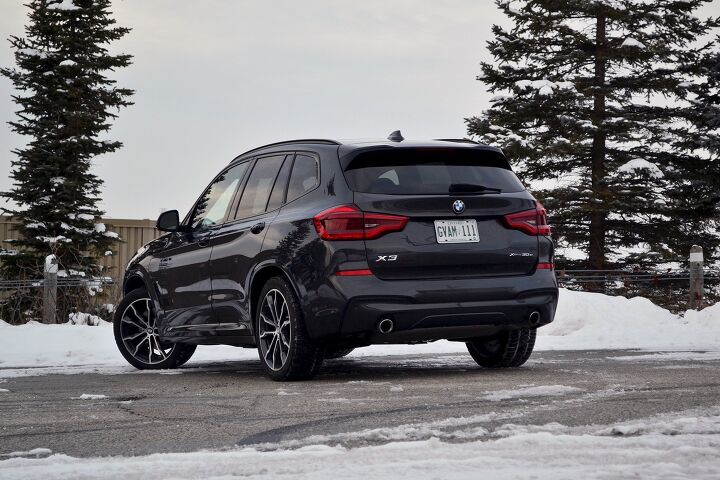

















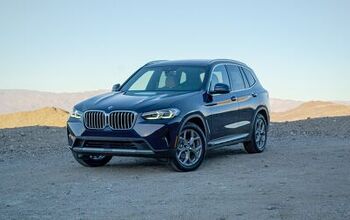
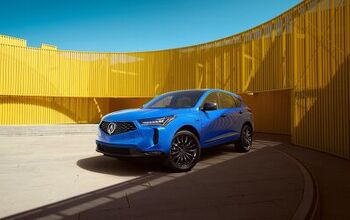
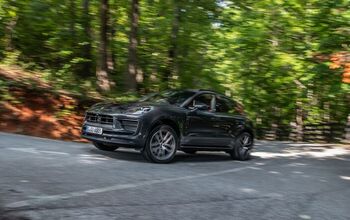
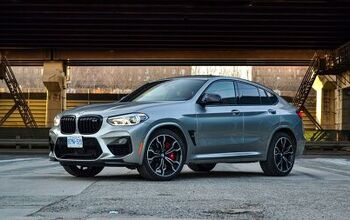

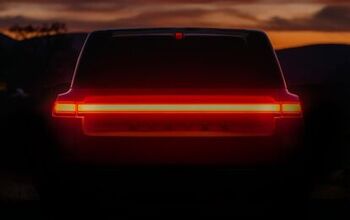

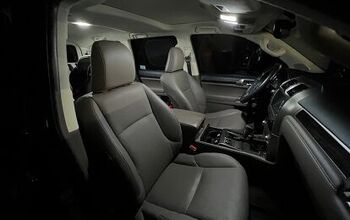
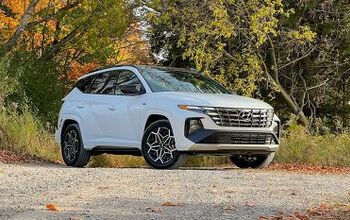


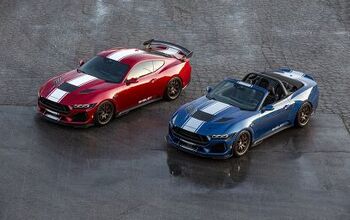

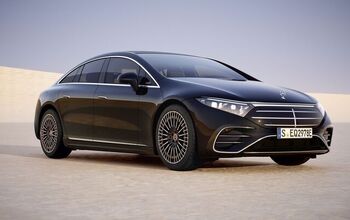
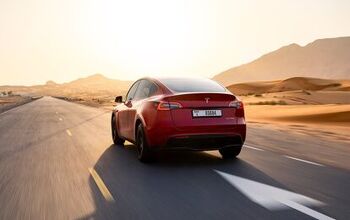
Comments
Join the conversation